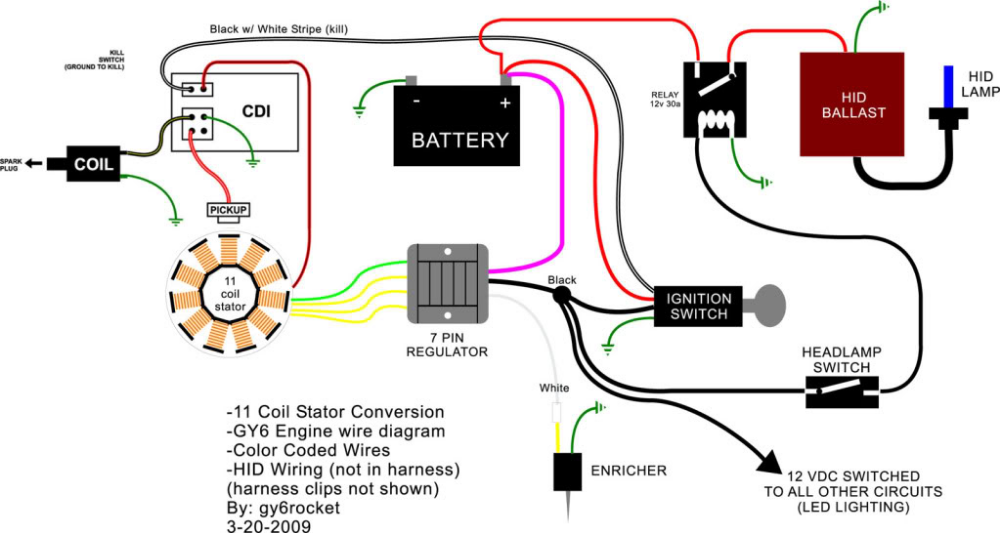Systems: Electrical
Commonly Located: The ignition coil is generally located on the upper portion of the frame, near the top of the engine. It can commonly be found above the radiator.
Physical Description: The ignition coil is normally a squarish shape with one to three smaller wires leading into the wiring harness and one larger wire leading to the spark plug. While some ignition coils have a removable spark plug wire, most do not. The wire leading to the spark plug is covered by a thick rubber boot. The spark plug wire boot is usually a separate piece that can be replaced independent of the ignition coil.
Function: When the engine is at top dead center, the pickup coil signals the ignition coil to send a high voltage pulse to the spark plug. The spark plug wire boot ensures that none of this energy escapes on it's way to the spark plug. This high voltage pulse is what causes the spark that ignites the air and fuel mixture in the cylinder.
Maintenance Costs: The ATV ignition coil is a common wear item; therefore, it is not recommended to purchase a used coil as a replacement. Fortunately, the ignition coil is relatively inexpensive.
Filed in: Anatomy of an ATV
Share: Previous article A Look at The BEST ATV Service ManualOriginal price $ 159.99 - Original price $ 159.99
Original price
$ 159.99
$ 159.99 - $ 159.99
Current price $ 159.99
| /
Original price $ 129.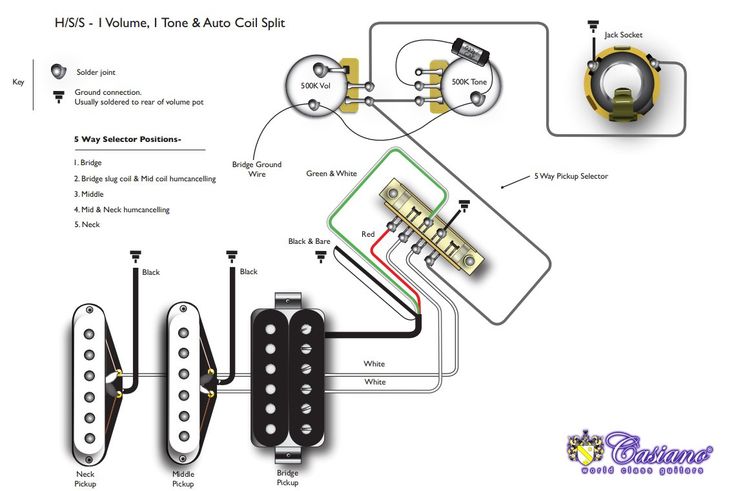 99 - Original price $ 159.99
99 - Original price $ 159.99
Original price
$ 129.99 - $ 159.99
$ 129.99 - $ 159.99
Current price $ 129.99
| /
Original price $ 40.00 - Original price $ 40.00
Original price
$ 40.00
$ 40.00 - $ 40.00
Current price $ 40.00
| /
View all ODES UTV Performance mods
ODES UTVS best sellers See more
Original price $ 7.99 - Original price $ 7.99
Original price
$ 7.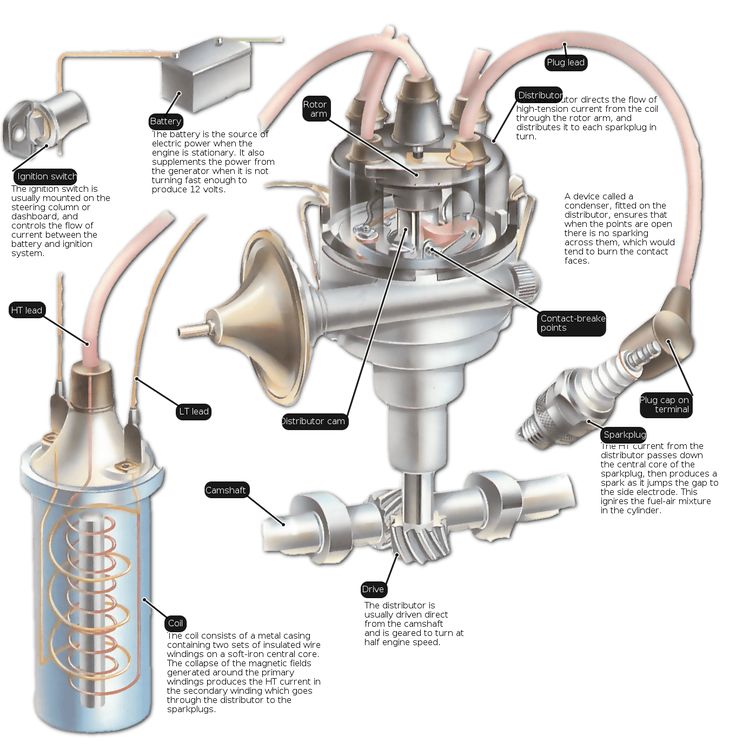 99
99
$ 7.99 - $ 7.99
Current price $ 7.99
| /
Original price $ 38.49 - Original price $ 55.99
Original price
$ 38.49 - $ 55.99
$ 38.49 - $ 55.99
Current price $ 38.49
| /
Original price $ 49.99 - Original price $ 52.99
Original price
$ 49.99 - $ 52.99
$ 49.99 - $ 52.99
Current price $ 49.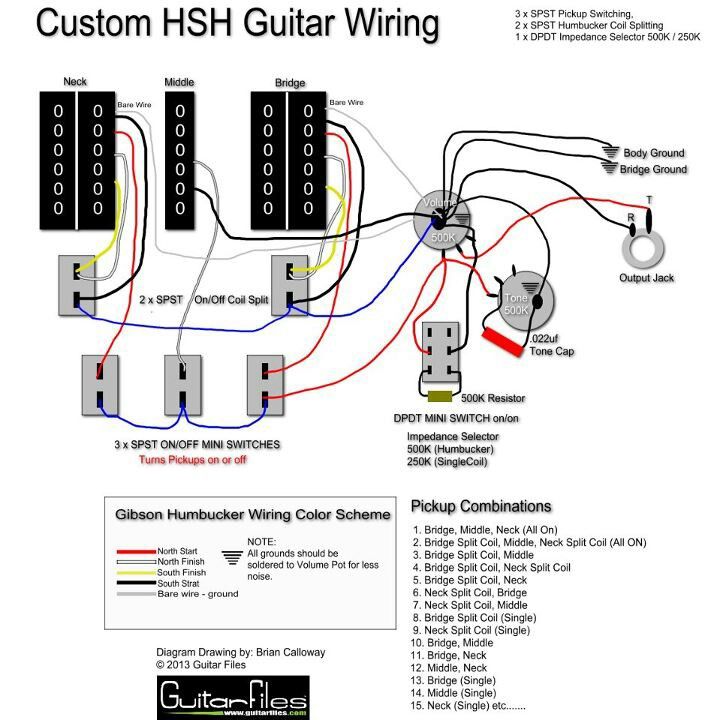 99
99
| /
Original price $ 29.99 - Original price $ 29.99
Original price
$ 29.99
$ 29.99 - $ 29.99
Current price $ 29.99
| /
Original price $ 18.99 - Original price $ 18.99
Original price
$ 18.99
$ 18.99 - $ 18.99
Current price $ 18.99
| /
Sold out
Original price $ 159.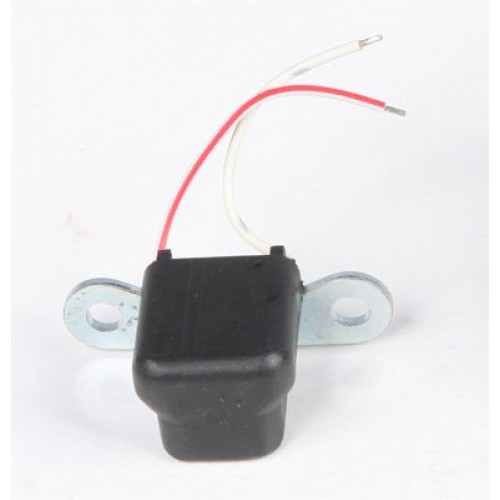 99 - Original price $ 159.99
99 - Original price $ 159.99
Original price
$ 159.99
$ 159.99 - $ 159.99
Current price $ 159.99
| /
Original price $ 129.00 - Original price $ 129.00
Original price
$ 129.00
$ 129.00 - $ 129.00
Current price $ 129.00
| /
October 8, 2022
Read nowSeptember 16, 2022
Read nowAugust 30, 2022
Read now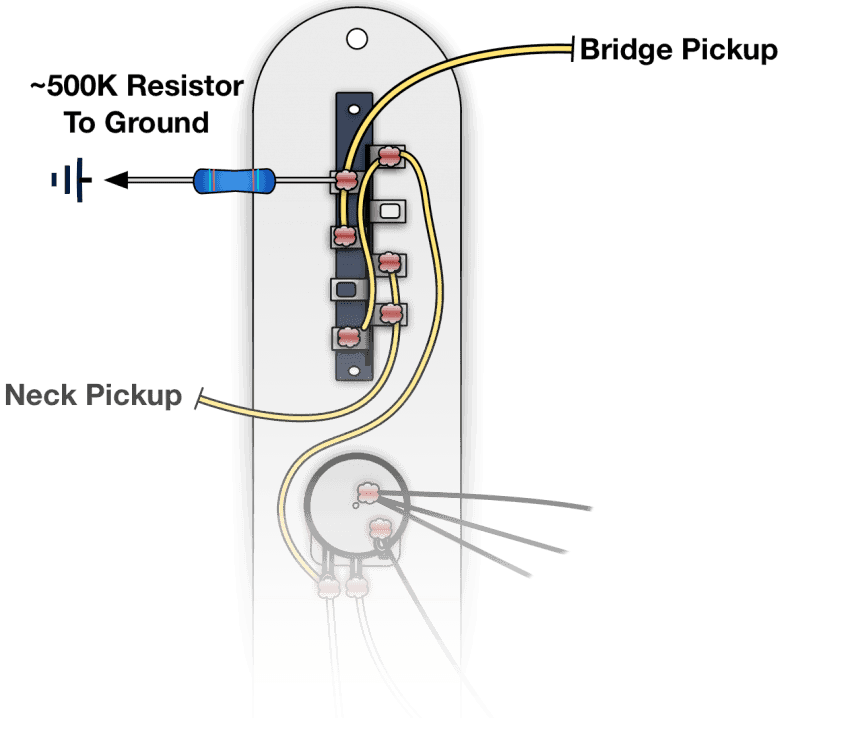 [Archive]
[Archive]ATV Riders Forum > ATV Riders Mechanical Section > ATV Powertrain > How your electrical CDI system works.
PDA
View Full Version : How your electrical CDI system works.
hondafox440
11-24-2003, 08:02 PM
Basic CDI Ignition overview.
Electronic ignition systems, using a CDI are a much welcomed change to the points based ignition systems of the yesteryear. These new systems are more reliable than points, wear slower, and are less complicated in design. However, the parts that go into an electronic ignition system are more complex and expensive that those of a points ignition system
There are three main parts to an electronic ignition system:
The stator, which contains AC (alternating current) generating coils, and a pick up.
The CDI, which creates a high voltage electrical charge and sends it to the spark plug.
The flywheel, which contains several magnets that rotate around the stator.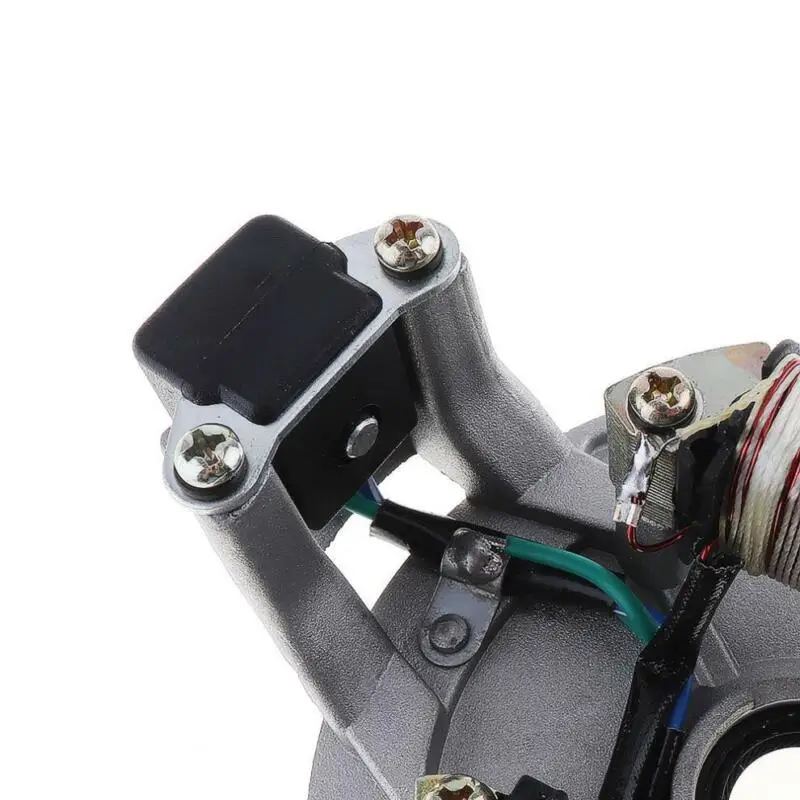
A basic understanding of electricity is needed to understand your bike's ignition system. Electricity is the flow of electrons in a closed circuit. A closed circuit means the electrons have a complete path to travel in. For example, a wire placed from the positive (+) end of a battery, to the negative end of the battery (-), is a closed or complete circuit. A wire that is simply attached to the postive end of the battery at one end, and nothing at the other end of the wire is NOT a complete circuit.
*Rememeber*
1)Electrons must flow in a complete circuit
Conductors are materials that allow electrons to flow through them easily. Copper and gold are good conductors. Insulators are materials that do NOT allow electrons to flow through them easily. Examples of insulators are glass, rubber, or plastic. Voltage is the electrical pressure that is created when electrons (negatively charged) are separated from protons (positively charged). Remember that like charges (postive and positive) repel each other, and unlike charges (negative and positive) atract each other.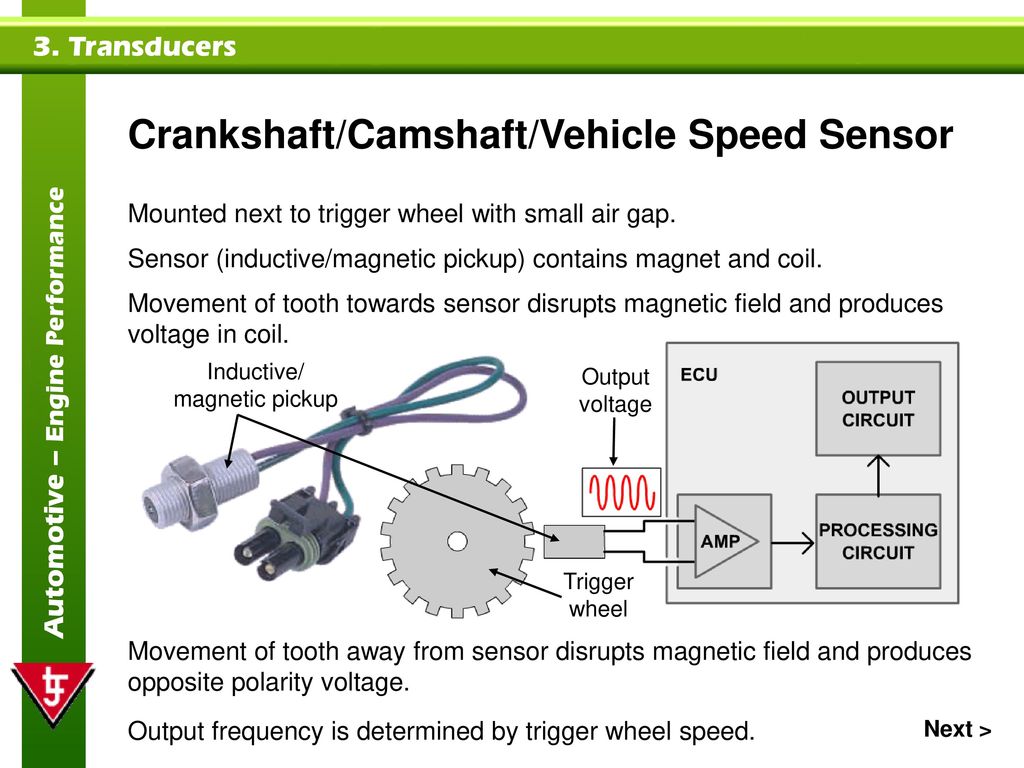 Voltage is measured in the unit volts. Current is the flow of charged particles in a circuit, and is measured in amperes, or amps. Another way to think of current is the amount of electricity that can flow by a point in a given time. When voltage is applied to a circuit, and there is a path (current) for the electrons to move on, they move from the negative terminal to the postive terminal.
Voltage is measured in the unit volts. Current is the flow of charged particles in a circuit, and is measured in amperes, or amps. Another way to think of current is the amount of electricity that can flow by a point in a given time. When voltage is applied to a circuit, and there is a path (current) for the electrons to move on, they move from the negative terminal to the postive terminal.
Alternating Current (AC) is the type of electricity that is delivered you your home. In AC, the voltage varies over time - it does not stay the same. This means that the voltage may spike and drop hundreds of times a second. Think of AC as a mountain range, with peaks and valleys. The voltage is constantly changing, going up and down. /\/\/\/\/\
Direct Current (DC) is the type of electricity that is created by batteries. In DC, the voltage does not vary over time - it is always the same. That means that a 9V battery ALWAYS produces 9 volts. ---------
*Remember*
1)Voltage is the "power" of the electricity.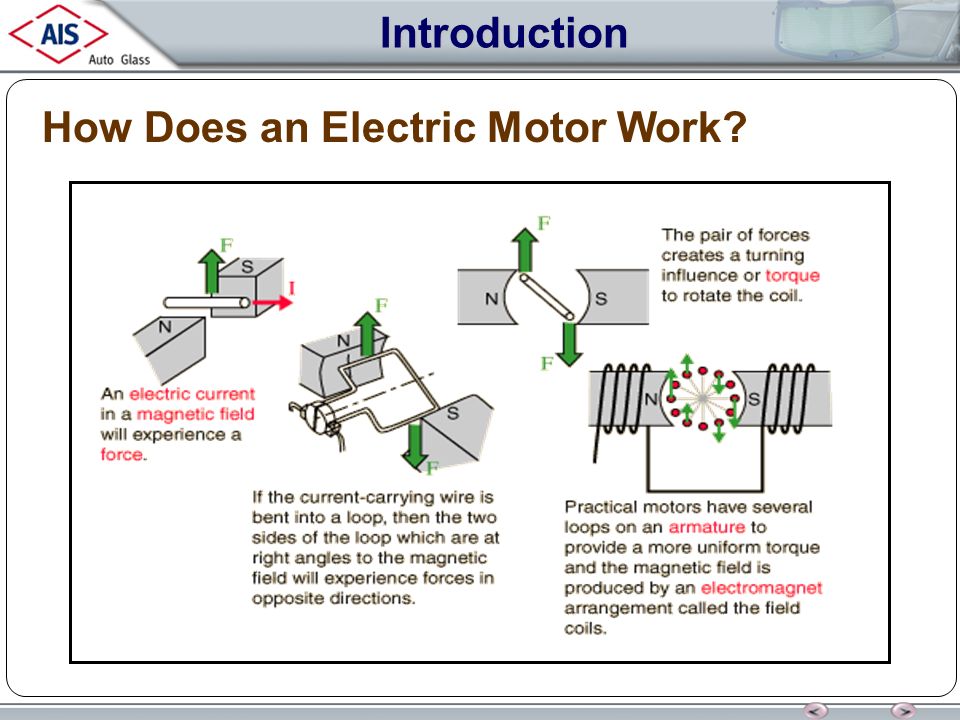
2)AC voltage always varies.
3)DC voltage always stays the same.
Now, how does your engine create electricity? The most common way to create electricity is by spinning spools of wire through a magnet. This is what happens in power plants. Your engine does a scaled down version of this, with the stator and flywheel. Remember now that the stator contains AC generating coils. These coils are basically just coils of wire. The flywheel has magnets on it. The flywheel is connected tot he crankshaft of the engine, so as the engine runs, the flywheel rotates around the stator, which is stationary. This rotating action creates an electro magnetic field, and thus electricity is created in the same way it is at the power plant. Now that we have electricity, we need to turn that into a spark for the spark plug. This is where the CDI and coil come in. The electricity that is generated at the flywheel is routed up to the CDI by wires. Inside the CDI, the AC voltage is transformed into DC current. This DC current is then sent to a capacitor that is also located in the CDI. You can think of the capacitor as a storage tank for electricity. It stores energy until the "correct" voltage is reached. This varies between CDIs, but let's use 250V for this example. So when the capacitor gets 250V of electricity in it, it releases it all at once into the coil, which is correctly called the ignition coil. Inside the coil are 2 windings of wire, called the primary winding and the secondary winding. These windings are proportional to each other, with the secondary winding being much longer, even though it resides inside of the primary winding. For this example we will use 100:1, meaning the secondary winding is 100 times longer than the primary winding. There is also a magnetic field inside the ignition coil, created by the primary and secondary windings. This magnetic field is called the flux field. When voltage is passed through the primary winding, this magnetic field collapses and a voltage spike happens.
This DC current is then sent to a capacitor that is also located in the CDI. You can think of the capacitor as a storage tank for electricity. It stores energy until the "correct" voltage is reached. This varies between CDIs, but let's use 250V for this example. So when the capacitor gets 250V of electricity in it, it releases it all at once into the coil, which is correctly called the ignition coil. Inside the coil are 2 windings of wire, called the primary winding and the secondary winding. These windings are proportional to each other, with the secondary winding being much longer, even though it resides inside of the primary winding. For this example we will use 100:1, meaning the secondary winding is 100 times longer than the primary winding. There is also a magnetic field inside the ignition coil, created by the primary and secondary windings. This magnetic field is called the flux field. When voltage is passed through the primary winding, this magnetic field collapses and a voltage spike happens.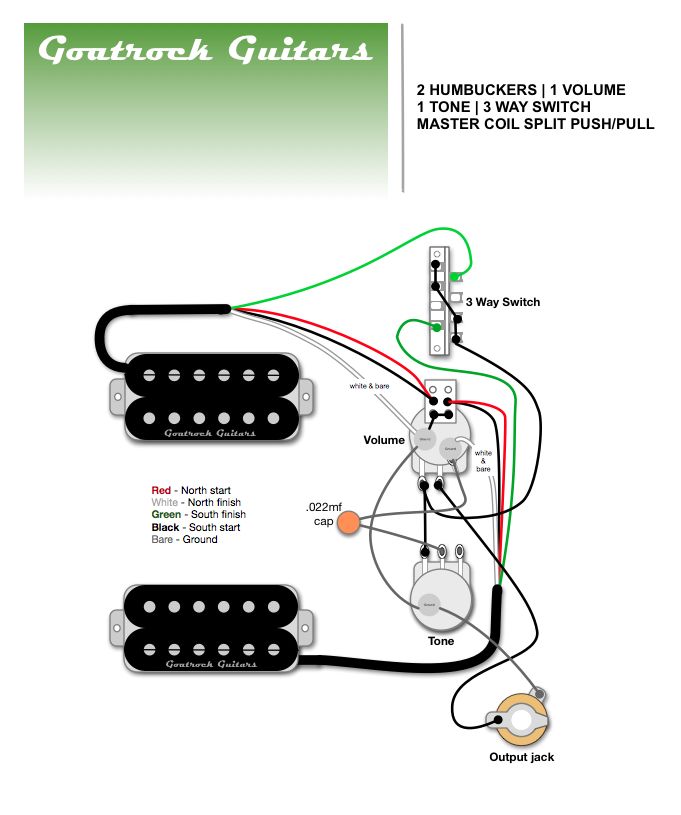 This is when the ratio of primary to secondary winding comes into play, and the coil acts like transformer and steps the voltage up immensly. In this case, it would increase it by 100 times. Multiply that by the voltage that entered (250), and you have 25,000 volts leaving the coil. Where does this voltage go? It is fed into the spark plug. The benefits of the CDI system over the points system is apparent here because of how easy and precise it is to control the duration of the spark. The stronger (hotter) and faster the spark, the better.
This is when the ratio of primary to secondary winding comes into play, and the coil acts like transformer and steps the voltage up immensly. In this case, it would increase it by 100 times. Multiply that by the voltage that entered (250), and you have 25,000 volts leaving the coil. Where does this voltage go? It is fed into the spark plug. The benefits of the CDI system over the points system is apparent here because of how easy and precise it is to control the duration of the spark. The stronger (hotter) and faster the spark, the better.
So, as an overview.
Electricity is created by the flywheel spinning around the stator. The electricity is fed into the CDi, where it is released in a controlled pulse to the coil. The coil acts like a transformer and steps the voltage up, and feeds it into the spark plug.
There you have it. It's actually a relatively simple design, since there are no batteries involved. If your machine has a battery or lights, some of the electricity is routed to the alternator (changes AC current to DC) and to the battery from the stator, and some is routed to the lights from the stator.
TheRedRebel17
11-24-2003, 08:49 PM
Great post..should be in the FAQ forum
hondafox440
11-25-2003, 03:01 PM
What, no one else even cares to read this?
cals400ex
11-25-2003, 03:33 PM
oh, i read this. it was a good article. however, i think this will confuse more members on this board more than it will help. it would be a hard article to follow if you haven't had physics or are not an engineering major. good work.
hondafox440
11-25-2003, 03:59 PM
:cool:
I'm only 15 and I wrote/understand it.. lol.
I didn't mean to be an *** by my previous post. It was meant as a lighthearted comment. I actually wrote the article up for a different forum and figured I'd post it here as well.
AndrewRRR
11-25-2003, 08:00 PM
Nice job
hawiianpwr
11-25-2003, 08:58 PM
Hey thats a nice post! I'm an Electrician (local #22) :) and I'm around that everyday.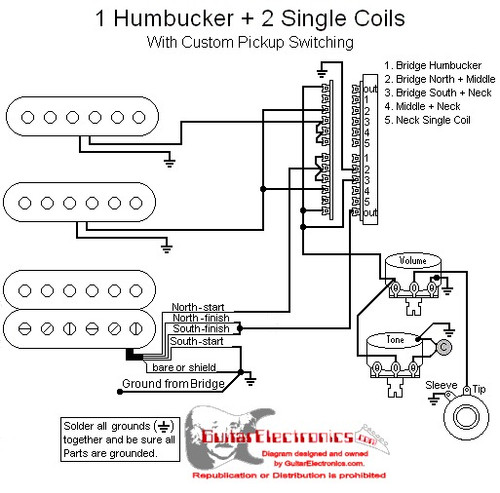 You explained that very well you got the main lump sum of it, ofcourse you can go allot further on it. But only being 15 thats sweet!
You explained that very well you got the main lump sum of it, ofcourse you can go allot further on it. But only being 15 thats sweet!
pnut420
11-25-2003, 10:24 PM
Sounds good for the most part, I couldnt read the whole thing though :p
hondarider2006
11-25-2003, 11:58 PM
Originally posted by pnut420
Sounds good for the most part, I couldnt read the whole thing though :p
I agree, I read it until the things on there I couldn't understand anymore....but good post!
2004TRX450R
11-26-2003, 01:04 AM
Nice job. It is pretty accurate for the most part. AC voltage doesn't vary the voltage though. It is also called Alternating Current. This is because it actually goes back and forth. So each time it "varies" as you say it actually changes direction. That is why there is no plarity in AC. Reminds me of the reaserch paper I did in 7th or 8th grade on two and four stroke engines. Good job!
Good job!
Powered by vBulletin® Version 4.2.1 Copyright © 2022 vBulletin Solutions, Inc. All rights reserved.
As the musical maturation and accumulation of musical experience, every guitarist comes to the question of replacing the pickups on his electric guitar. We have already talked about how wood affects the sound of the guitar. Now it's time to talk about how pickups shape the sound of an electric guitar, how you can experiment with their types and how to install and connect to get an interesting sound.
Replacing pickups is quite a drastic step, as it leads to significant changes in the familiar sound of your instrument. If you just want to freshen up and update the sound, then it may be easier to change the strings. If you really want acoustic changes, then go ahead, study the materiel and change the sensors.
This is a device for converting the mechanical vibrations of a string into electromagnetic vibrations, into electrical signals supplied from the guitar to the amplifier.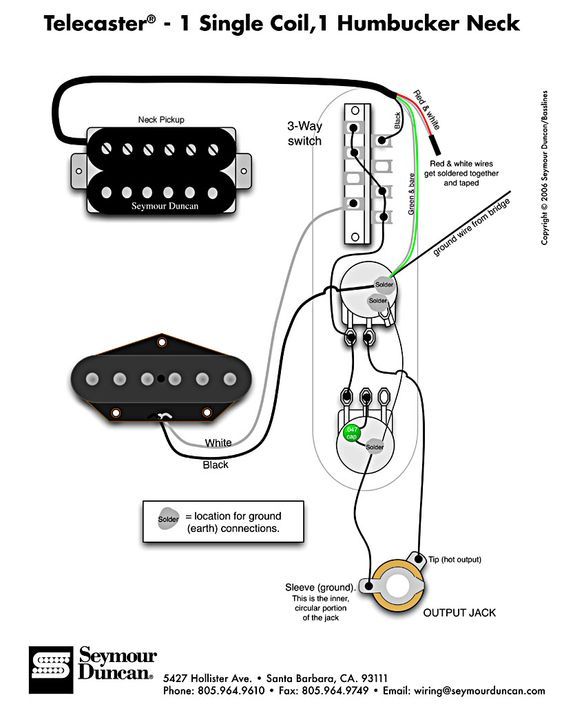 The conversion mechanism is determined by the type of sensor: electromagnetic or piezoelectric. When a string is excited, it oscillates in an electromagnetic field created by a magnetic pickup. An electric current appears in a wire coil inside the pickup, which is then transmitted through the guitar cable to the amplifier.
The conversion mechanism is determined by the type of sensor: electromagnetic or piezoelectric. When a string is excited, it oscillates in an electromagnetic field created by a magnetic pickup. An electric current appears in a wire coil inside the pickup, which is then transmitted through the guitar cable to the amplifier.
Although pickups act as an intermediary between the strings and the amplifier, they directly color the sound, as they have different degrees of compression, signal levels and frequency response.
It is possible to divide pickups (or sensors) into different types according to different criteria. Therefore, there are different classifications. Consider the most common.
Passive pickups consist only of coils wound around a magnet and have the simplest connection scheme. They transmit a real, unprocessed signal from the guitar. Please note that the strong magnets in the pickup device can affect the vibration of the string, for example causing the vibration to decay quickly.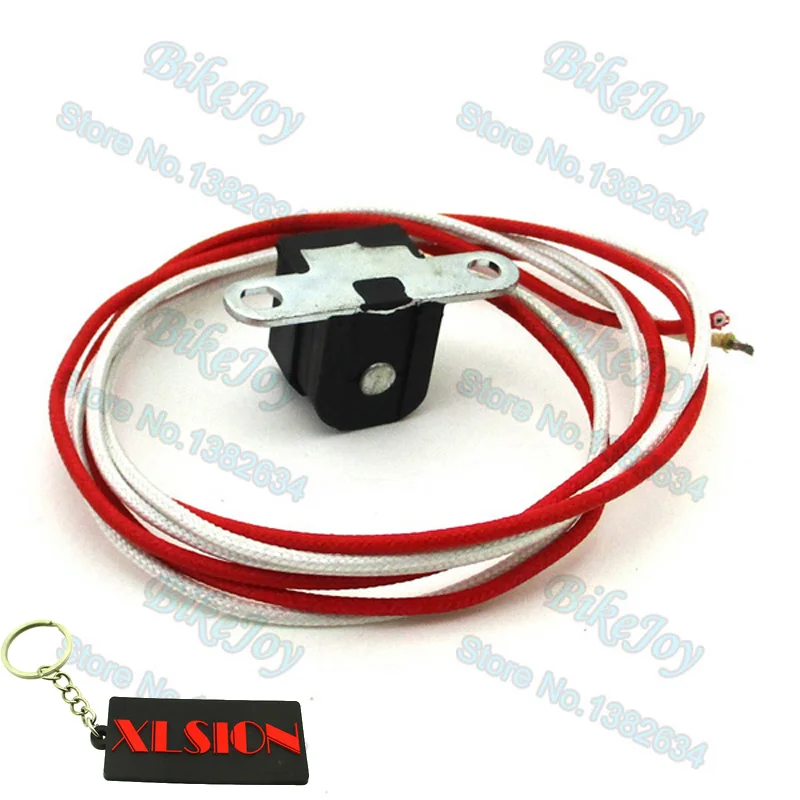
Advantages:
More sensitive to string vibrations than active pickups, making the sound more expressive.
Capture the subtle nuances of sound, allowing you to expand the range of your music.
More affordable than active pickups for the price.
Flaws:
Low signal output.
A poor quality guitar can significantly degrade the sound even with good pickups.
Subject to electromagnetic interference, susceptible to feedback.
To get a more powerful and harsh sound, active pickups are used. They have a built-in differential signal amplifier. Thanks to the built-in electronics, it is possible to remove and add elements to the signal, such as EQ, filtering and feedback control. Active pickups are less susceptible to electrical noise than passive pickups, have a built-in power supply - usually a preamplifier powered by 9-volt batteries. Usually more expensive than passive pickups.
Usually more expensive than passive pickups.
Advantages:
Less susceptible to feedback, hence delivering a cleaner sound.
Amplify a weak signal.
Good pickups can "pull out" the sound even with a bad instrument. That is, the quality of the guitar goes by the wayside, and the quality of the sensors is a priority.
Flaws:
Guitars with active pickups are more expensive than guitars with passive pickups.
If the battery dies, the pickups will be useless until you change the battery.
Active pickups are more popular with bassists and guitarists who play mostly metal. For bassists, an active pickup produces a brighter tone that better suits their playing style. The power you get with an active pickup matches perfectly with the energy of metal music.
Due to their cleaner tones, active pickups are more suitable for studio recording. With passive pickups, you'd end up with a lot more noise to work with when mixing the track.
With passive pickups, you'd end up with a lot more noise to work with when mixing the track.
If we talk about the nature of the winding of pickups, then they can be divided into singles (Single) and humbuckers (Humbucker).
The name "single" speaks for itself - this pickup has only one coil. Thus, the single has one metal conductor, which, being in a strong electromagnetic field, turns into an antenna that picks up even the weakest noises. Advantage: Accurately and cleanly transmits sound. Disadvantages: the signal is quiet, there are electromagnetic interference.
Unlike a single-coil, a humbucker has two coils connected in series in opposite phase, which contributes to noise reduction. Thus, the signal from the string does not change, and the noise created by each coil separately is canceled out mutually. Advantages: no interference and extraneous noise, dense sound, small size. Disadvantage: less pronounced sound of high frequencies.
Disadvantage: less pronounced sound of high frequencies.
There are also rail-mounted humbuckers that help solve the problem of dips in volume. They have two built-in plates (rails) that distribute sound more cleanly and evenly, helping to reduce loss in signal quality and intensity.
The Humcanceller pickup also has two coils, but the coils in it are located one above the other, which allows, on the one hand, to get a clear and undistorted sound, like from a single, on the other hand, to avoid interference and noise.
In stores, you can find pickup switches that allow you to place various types of pickups on the guitar and switch between them at the right time.
The magnets, which are an integral part of any pickup, are most often made of alloys, usually these are various variations of the Alnico alloy (Alnico), which includes aluminum, nickel and cobalt, or a mixture of ceramics and iron oxides (Ceramic).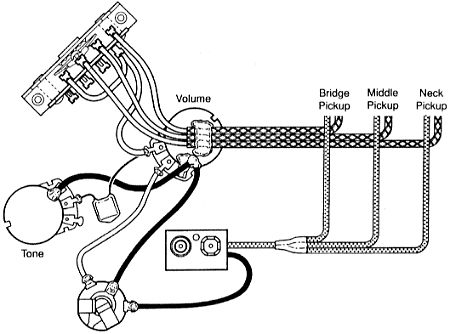 We are talking about variations, since the ratio of metals in the alloy can be different, which significantly affects the sound. Alnico 5 is preferred by most guitarists. Alnico 2 pickups provide a more vintage sound, Alnico 3 pickups offer less power and high sensitivity, and Alnico 8 will appeal to heavy music players.
We are talking about variations, since the ratio of metals in the alloy can be different, which significantly affects the sound. Alnico 5 is preferred by most guitarists. Alnico 2 pickups provide a more vintage sound, Alnico 3 pickups offer less power and high sensitivity, and Alnico 8 will appeal to heavy music players.
Alnico 8 is the strongest magnet, which, accordingly, attracts the string the most, allowing you to get a loud sound with a predominance of high frequencies. Good for bass guitar.
Alnico 5 delivers crisp sound comparable to that of ceramic pickups. Used to perform both blues and heavy music, and also put on acoustic guitars.
Alnico 2 is the weakest magnet, which almost does not interfere with the free vibration of the string, as a result of which the sound is soft and natural with a predominance of medium and low frequencies. Used to perform jazz, blues, country, etc.
Ceramic pickups provide a powerful sound with pronounced highs, although some players find the sound overly compressed.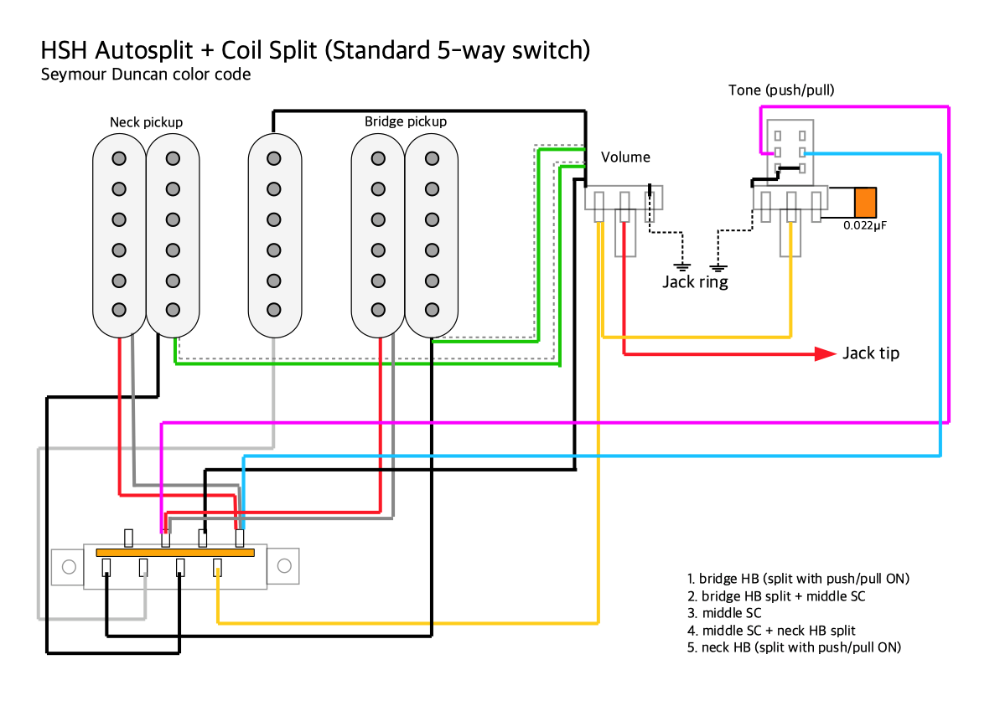 Ceramic magnets are the strongest, so the sound of the string is loud and long, with a clearly "electric" color (predominance of mid and low frequencies). Such pickups are installed on guitars for playing hard rock and metal.
Ceramic magnets are the strongest, so the sound of the string is loud and long, with a clearly "electric" color (predominance of mid and low frequencies). Such pickups are installed on guitars for playing hard rock and metal.
Usually pickups are located on an electric guitar in two places: next to the bridge or as far as possible from it, that is, at the neck. The sound will be different in both cases.
The amplitude of string vibrations in the bridge area is smaller, so the bridge pickup picks up a sound in a wide range with a predominance of medium and low frequencies, saturated with overtones.
The neck pickup delivers a quieter sound, but is cleaner and crisper. This arrangement of the pickup is perfect for playing solos and riffs.
So, having decided to replace the pickup and having decided on its type, study the guitar, the features of its timbre and the material from which it is made.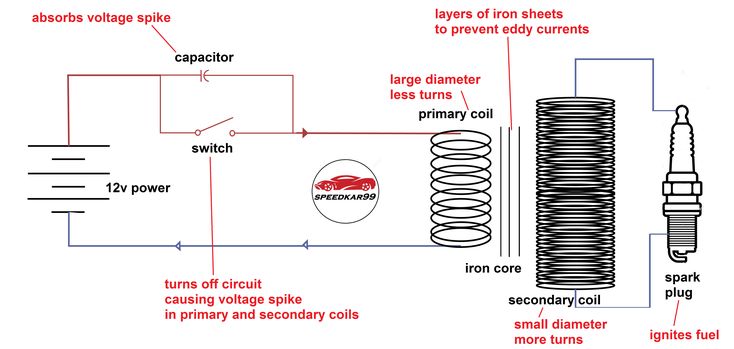 The question of what is the main thing in an electric guitar: pickups or wood is very controversial among musicians. Some people think that pickups are our everything, they are able to pull out any sound, and the body of the guitar is secondary. Others believe that even the highest quality pickups will not save an instrument that is poor in terms of material and design.
The question of what is the main thing in an electric guitar: pickups or wood is very controversial among musicians. Some people think that pickups are our everything, they are able to pull out any sound, and the body of the guitar is secondary. Others believe that even the highest quality pickups will not save an instrument that is poor in terms of material and design.
Adjustment of the pickup in height relative to the strings is carried out by tightening the screws, which can be located along the edges of the pickup body, or under its cover. Rotate the screws evenly to avoid distortion. The closer the pickup is to the strings, the tighter and stronger the sound you will get. But avoid touching the strings with the pickup. The farther (lower) the pickup is from the strings, the less aggressive sound you will hear. By experimenting with the height of the sensor, you will determine the best option for yourself by ear.
In addition to the height of the pickup itself, you can also adjust the height of its cores, if this is provided for by the design (there are small screws). The pickup cores are magnetic bars: 6 for the single coil and 12 for the humbucker. Setting them up is a painstaking and, to some extent, jewelry work. Why do this? To get the perfect, in your opinion, and individual sound. Avoid placing the cores and strings too close together, as this can significantly reduce the sound quality.
The pickup cores are magnetic bars: 6 for the single coil and 12 for the humbucker. Setting them up is a painstaking and, to some extent, jewelry work. Why do this? To get the perfect, in your opinion, and individual sound. Avoid placing the cores and strings too close together, as this can significantly reduce the sound quality.
Parallel connection (or parallel desoldering) is the connection of two or more coils in parallel. When switching from one sensor to two, the volume and brightness of the sound do not change, and the switching is smooth.
With sequential wiring, when switching from one sensor to two, the sound becomes significantly louder, since the power of the sensors is summed up, but at the same time, the joint sound is inferior in brightness to the sound separately. This wiring is used in humbuckers. You can change the humbucker wiring to parallel, but then you will get a lot of extra noise, like with two single-coils placed side by side.
Singles and humbuckers can be combined, positioned in phase and antiphase, at different distances, parallel or at an angle to each other. This matter of individual taste and hearing is solved only experimentally.
The choice among pickups, which differ in types, magnets, materials, etc., is now very wide. Absolutely everyone can choose exactly the equipment that can satisfy all his requirements for sound quality. Undoubtedly, pickups color the sound and can radically change the sound of the guitar, so their choice and placement on the body of the instrument should be taken very seriously. So before you start replacing pickups, think about it: do you really need it, and are you ready for a change? And if the answer is yes, then feel free to experiment with sound!
The pickup is designed to convert the vibrations of the instrument (strings, body) into an electrical signal.
Passive pickups convert vibrations into an electrical signal that is fed to an amplifier / sound card, etc.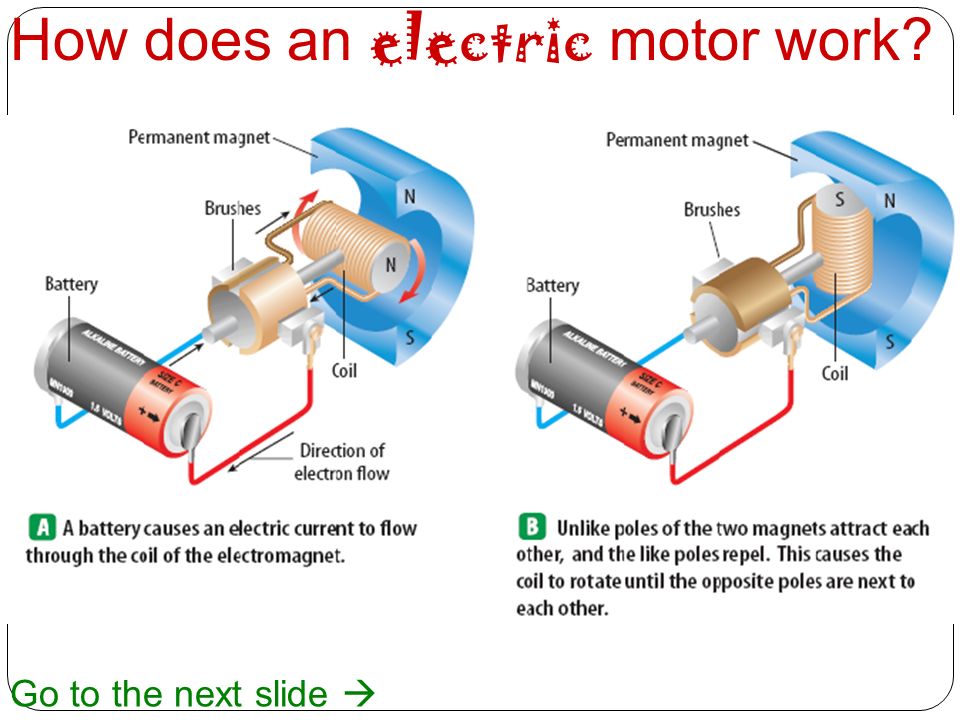 They have a weak output signal.
They have a weak output signal.
Active pickups have a preamplifier (preamp) built into the body of the guitar, which is powered by a “krone” battery. Therefore, if the initial signal is amplified, then the output signal will be as powerful as possible and with a minimum amount of background noise.
Despite a huge number of different musical instruments, pickups can be divided into several types:
single ( Single ) guitars such as Stratocaster and Telecaster. The design is a single coil with a copper winding. Differs in brightness and clearness of sounding, possesses percussion overtones. On the other hand, such a pickup is characterized by high sensitivity to interference.
Music usage: pop, funk rock, modern progressive metal and progressive rock.
Humbucker It has a rich and voluminous sound, which is very important for rock music.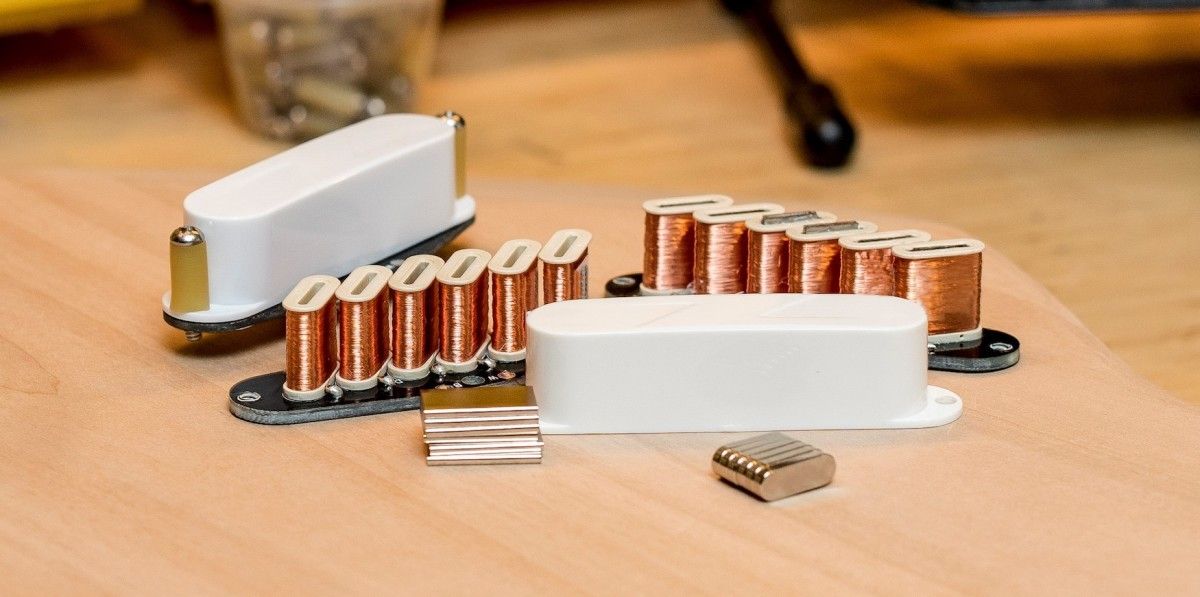 Electric guitars with humbuckers can be used in both blues and extreme heavy genres.
Electric guitars with humbuckers can be used in both blues and extreme heavy genres.
Use in music: all modern music
There is also such a subtype of pickup as Hamkanseller - the coils in it are located one above the other, which makes it possible to install such a pickup in place of a single-coil, but receive a signal like a humbucker at the output.
In addition, all humbucking pickups can be equipped with a so-called "cutoff" - a button, switch or potentiometer that turns the humbucker into a single-coil by turning off one of the pickup coils.
Electro-acoustic pickup ( piezo element) - used in acoustic instruments, the sound of which is taken entirely from the instrument (vibrations of wood, fittings, etc.), and not just from the strings.
Recently, electric and bass guitar bridges with a piezo element have become widespread, which makes their sound more voluminous.
Definitely there is no better solution when it comes to choosing the type of cartridge.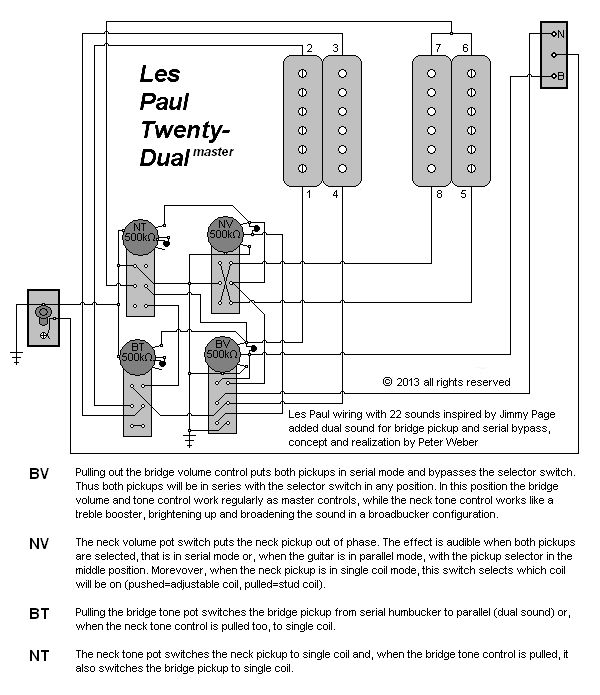 This is explained by the fact that each pickup is made for one purpose.
This is explained by the fact that each pickup is made for one purpose.
Singles sound bright, clear and crisp . Singles like the P90 produce good low frequencies, making the sound more "fat" or "meaty" (the P90 is most commonly seen on Les Paul type guitars). Mostly high frequencies predominate.
As mentioned above - singles fonil, fonit and will fonil, which is their trick and trouble at the same time. The engineers tried to get rid of the background, but with the loss of the background, the quality of the sound and its recognition were lost. The
Humbucker, on the contrary, has much less phonation, but it is difficult to achieve a clear and percussive sound from it. At the same time, the humbucker perfectly copes with various guitar effects such as distortion, overdrive, fuzz, etc.
There are a great variety of single-coil pickups. Basically, they are made for one or another type of electric guitar, for example: Jazzmaster, Jaguar, Telecaster, P90, etc.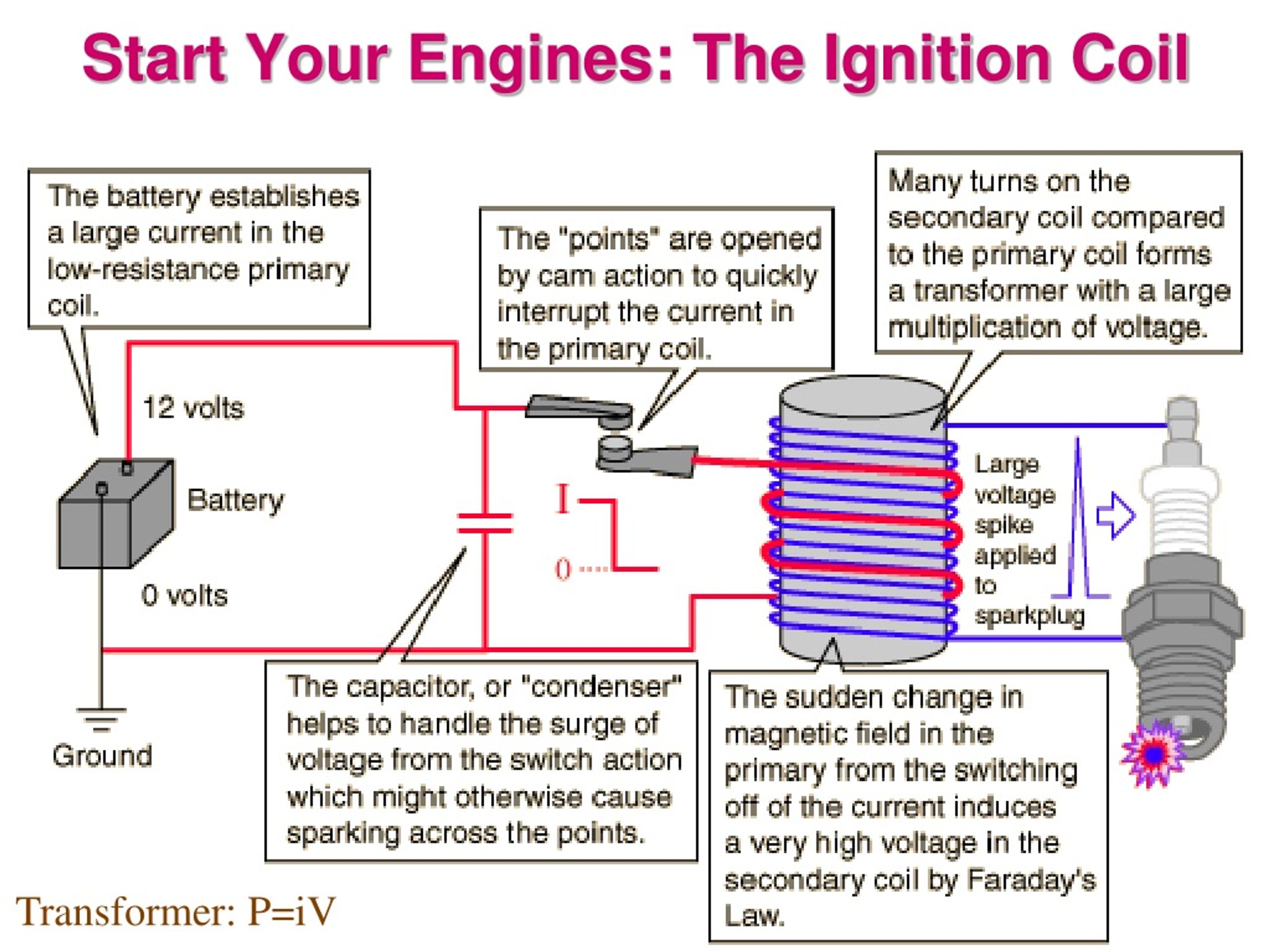
However, they all have one thing in common - one coil.
There are even more varieties of humbuckers - closed and open type, rail humbucker, rail mini humbucker, etc.
In the world of pickups, there is one interesting type - rail mini humbucker . On the one hand, it is a single-coil, but it has two coils, which characterizes it as a humbucker (and in fact it is a humbucker, the size of a single-coil). There are also classic humbuckers placed in the body of a single-coil.
Only two factors affect the sound of pickups:
Magnet type Alnico 9The 0216 has a low impedance (5-8k ohms) for a more vintage and cleaner sound. For modern heavy music, it is quite normal to install pickups with a resistance of 10 to 20 kOhm. Therefore, the higher the resistance, the more pliable the pickup will be for heavy music. On the other hand, if you want soft and light sound, choose a low impedance pickup.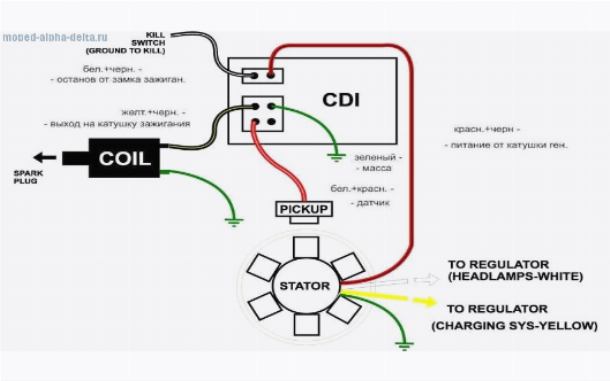
If everything is more or less clear with resistance, now we propose to deal with the type of magnets:
 Thirdly, they are practically not subject to corrosion, demagnetization and have a low level of interference.
Thirdly, they are practically not subject to corrosion, demagnetization and have a low level of interference.
The highest quality pickups can be found in manufacturers such as Gibson, Fender, Seymour Duncan, DiMarzio, EMG.
The price of famous pickups is quite high, but there are quite good analogues of Chinese, Korean and Russian production - Belcat, Tesla and Fokin Pickups, respectively. The latter are very popular in Russia because of the low price and high quality.
Remember one simple rule - do not touch the winding if the pickup is working properly!
The pickup must be securely mounted to the body of the electric guitar so that it does not wobble, and the height of the pickup is adjustable to suit your preference.
If you want a louder and brighter sound - raise the pickups, if you want a warm and soft sound - lower the pickups, but do not overdo it and make sure that the strings do not hit the pickup cores.